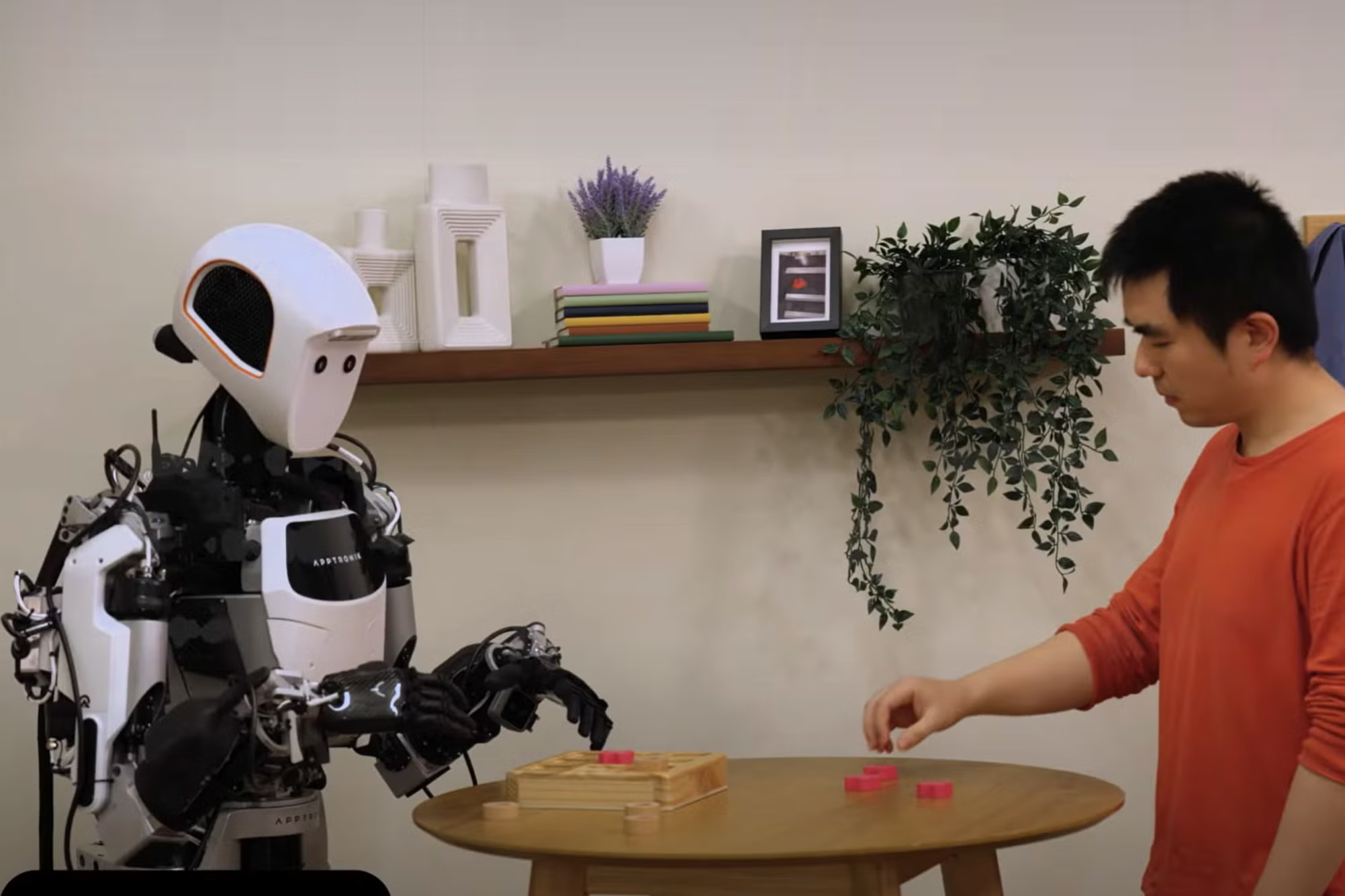Now Reading: Google Unveils AI Breakthrough: Gemini Model Enables Robots to Operate Without Internet
-
01
Google Unveils AI Breakthrough: Gemini Model Enables Robots to Operate Without Internet
Google Unveils AI Breakthrough: Gemini Model Enables Robots to Operate Without Internet

In a major leap for artificial intelligence, Google has introduced its new Gemini AI model designed to power robots without the need for internet connectivity. This innovation could reshape the future of robotics by making machines smarter, more self-reliant, and suitable for real-time use even in remote or low-network environments. The announcement has generated significant interest, especially among tech communities and young innovators in India’s growing Tier 2 cities.
What Is the Gemini Model?
Gemini is Google’s latest multimodal AI model that allows machines to understand and process text, visuals, and even real-world objects more efficiently. Unlike most AI models that rely on cloud computing and constant internet access, Gemini can run directly on devices like robots or drones.
This means robots powered by Gemini can perform complex tasks—such as identifying objects, responding to instructions, or navigating environments—without needing to be connected to the internet at all times.
Why This Matters for India
India’s Tier 2 cities like Nagpur, Indore, Surat, and Coimbatore are witnessing a steady rise in tech adoption, with startups, engineering colleges, and innovation hubs actively working on AI and robotics. For these regions, where stable internet is still a challenge in many areas, Google’s Gemini model offers a practical solution.
It opens doors for creating smart home systems, healthcare assistants, agricultural robots, and disaster-response drones that can function seamlessly offline.
Applications and Possibilities
Gemini’s capabilities can be applied across industries. In agriculture, for instance, robots can monitor crop health in rural fields without relying on internet access. In education, schools in semi-urban areas could use intelligent devices for teaching and demonstrations.
Even small manufacturing units in towns like Nashik or Ludhiana could automate basic processes with affordable, locally operated robotics, reducing dependence on high-cost tech infrastructure.
Concerns and Considerations
While the technology is promising, experts stress the need for ethical guidelines and data privacy protections, especially when AI operates independently. There’s also the question of accessibility—how soon and how affordably such tech will reach Indian developers, especially in non-metro regions.
Training local talent to use and adapt such advanced models will be key in ensuring the benefits are widespread.
Conclusion
Google’s launch of the Gemini model marks a significant step toward AI-powered robots that are smarter, faster, and less dependent on internet connectivity. For India’s Tier 2 cities, this innovation opens up a world of opportunities in education, farming, manufacturing, and beyond. As the country continues its digital transformation, offline-capable AI could become a game-changer for inclusive and accessible tech development.

























